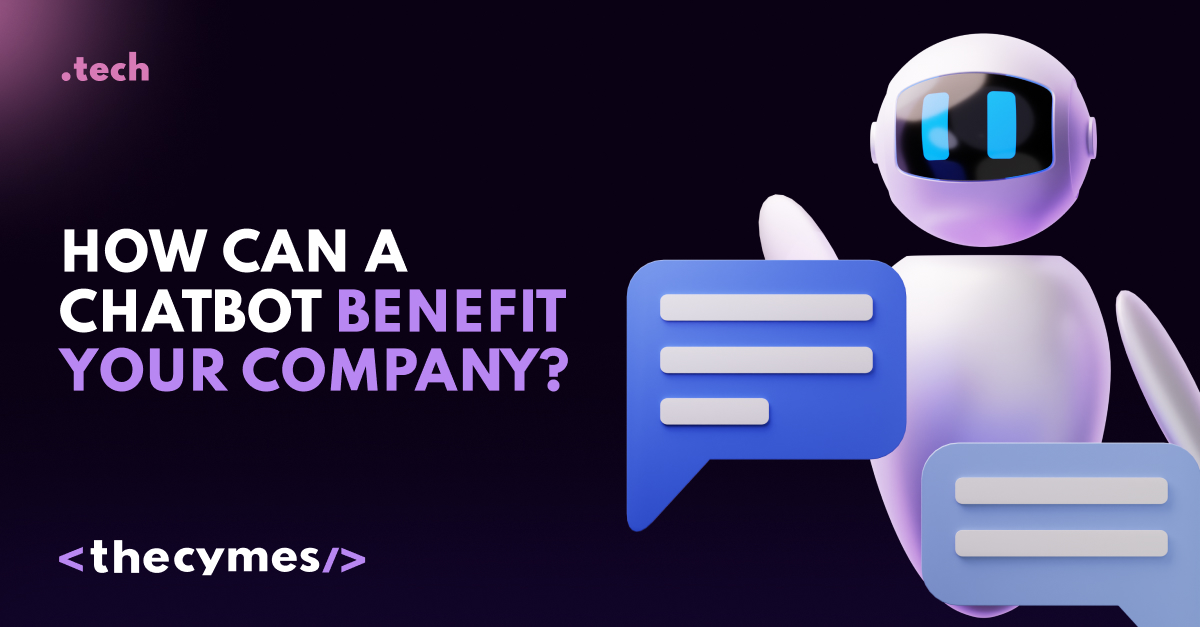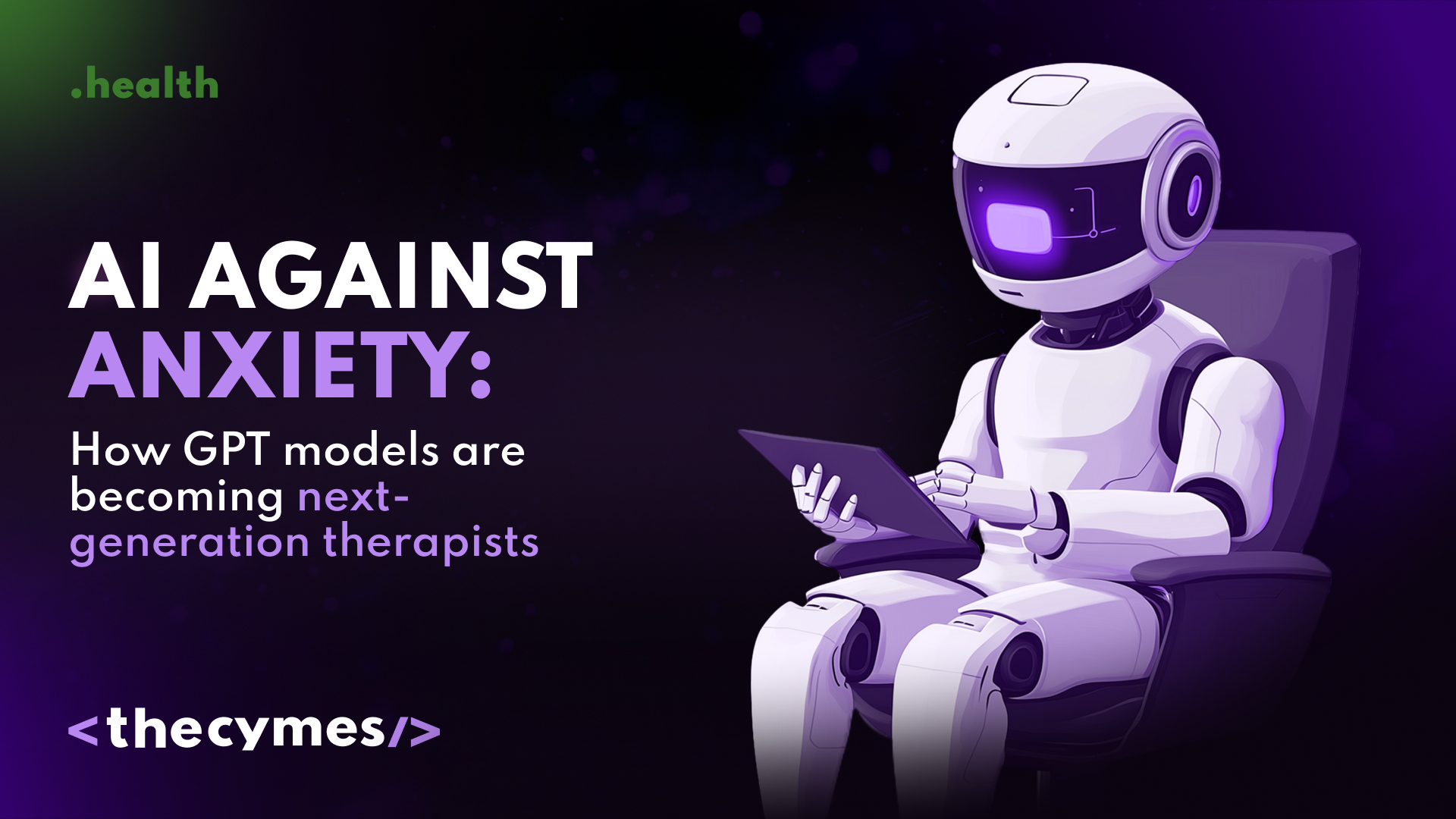Table of Content
How сan a chatbot benefit your company?
/>Discover the transformative power of chatbots! Learn what chatbots are, how they work, and their benefits for businesses. From 24/7 customer support to valuable insights, find out how to effectively implement chatbots for enhanced customer experience and increased efficiency. Unlock the secrets to successful chatbot integration today!What is a Chatbot? Understanding its Functionality and Secrets for an Effective Use
Right now companies are always on the lookout for new ways to engage with their customers, simplify operations, and increase revenue. Of the many tools to have recently emerged, probably the most effective is the chatbot. But what exactly is a chatbot, how does it work, and how can a company tap into its potential to step up customer service? Let's explore this transformative technology in detail.
What is a Chatbot?
A chatbot is a computer program that imitates conversation with users, either using text or voice interaction. It makes use of NLP and AI to understand user queries and respond in a conversational manner. In simple terms, they are running based on predefined scripts and algorithms; it powers the ability for the chatbots to respond quickly to customer queries. They cannot totally substitute human support agents but do the routine tasks and queries in an efficient way, providing 24/7 availability.

Image by Pexels
Top Benefits of Chatbots
- 24/7 Availability: Perhaps the biggest positive about chatbots is that they are able to assist customers at any time of day or night. This round-the-clock availability ensures that customer inquiries are addressed promptly, regardless of business hours.
- Cost Efficiency: The answers to many questions can be automated, so that there is a great reduction in costs regarding employee salaries. Chabots can handle multiple inquiries simultaneously, allowing companies to allocate resources more effectively and focus on higher-priority tasks.
- Better Customer Experience: Chatbots allow the processing of customer queries in no time, thus improving customer satisfaction. They also guide users through procedures such as booking, purchase, or even searching for information, thus a smooth experience is created.
- Data Collection and Insights: Chatbots provide useful data from the conversation with customers, which helps to gain insight into customer preferences and behavior. The collected data can be used to further improve marketing strategies and product offerings.
- Lead Qualification: Chatbots help to qualify leads by gathering the necessary information about potential buyers. They can engage with users, ask appropriate questions, and determine whether the user is ready to buy.
How Do Chatbots Work?
There are two basic forms of chatbots: simple and advanced.
Simple Chatbots
Simple chatbots work based on predefined scripts. They are able to answer very basic questions aside from the information dissemination in scenarios they have been programmed for. For example, a simple chatbot on a retail website may answer questions regarding store hours or return policies. The conversation is then taken over by a human agent if the request falls out of their predefined scripts so that customers get the help they need.
Complex Chatbots
Complex chatbots, on the other hand, utilize artificial intelligence and machine learning to understand and respond to user queries more dynamically. These advanced bots can learn from previous interactions, adapt their responses, and improve over time. For instance, a complex chatbot might analyze customer feedback to adjust its conversational style or provide more relevant product recommendations. They can also recognize voice commands, making them particularly useful in voice-activated applications.
Create a Chatbot for Your Website
Making a chatbot for your website is not that complicated, especially using friendly platforms. Here is a step-by-step guide to help you get started:
1. Finalize Your Chatbot Design
- Review Conversation Flows: Make sure that all the conversation flows are logical and clear. Make any needed adjustments based on testing and feedback.
- Confirm Responses: Double-check all predefined responses for correctness, relevance to context, and consistency in tone with your brand.
2. Integrate the Chatbot on Your Website
- Generate Embed Code: Most of the chatbot platforms will provide you with a snippet of code to embed on your website. This lets the chatbot appear on your website.
- Add to Your Website: The code goes in your website's HTML; for most websites, this will be in the footer or immediately before the closing tag. If you're using a CMS such as WordPress, you can sometimes do this through a dedicated plugin, or sometimes through your theme's settings
3. Configure User Access and Permissions
- Define User Roles: If your chatbot is going to interface with human agents for support, set up user roles and permissions for your team. Verify Integrations: Verify that any integration of CRM systems, email marketing, or analytics platforms that has been done, works as it should.
4. Final Testing
- Real Testing Scenarios: Well before going to production, test in various scenarios that the chatbot returns correct responses for various queries.
- Verify Integrations: Verify that any integration of CRM systems, email marketing, or analytics platforms that has been done, works as it should.
5. Go Live
- Launch the Chatbot: Make the chatbot live on your website. It's a generic term that means the chatbot must be accessible to users, and all triggers to start dialogues should be enabled.
- Monitor Early Conversations: Right after deployment, monitor the functioning of the chatbot for the first few hours or days to quickly understand issues popping up and fix them as early as possible.

Image by Pexels
Business Applications of Chatbots
These chatbots can be applied in almost any sector. Here are some of the key areas where they excel:
Customer Support
Among the most frequent uses of chatbots, one can find customer support. Being able to take care of customer inquiries at any time, chatbots enable immediate responses and alleviate human agents from simpler tasks so that more complicated issues can be handled by them. This capability not only increases customer satisfaction but also raises the efficiency of support teams. For example, a telecommunications company may use a chatbot to help its customers resolve common problems with its services.
Marketing Instrument
Chatbots in marketing could be used to gather customer data, notify users of promotions, and help drive sales. For example, it might offer users targeted offers depending on their behavior—a very effective way of guiding them through the sales funnel. Companies are able to drastically increase their conversion rates by engaging customers with personalized messages.
Education
They could also be used by educational institutions to help students search for course information, go through registration processes, and give feedback, hence making communication effective. They could answer frequently asked questions, provide study resources, and even lead virtual tutoring sessions.
E-commerce
This can be done better with the assistance of chatbots, as they remind customers of their purchases and assist in buying. A chatbot can also suggest complementary products or offer discounts to urge users to do a transaction.
Healthcare
Chatbots can also cause ripples in the health sector. They will be able to assist the patient in making an appointment, explaining the different services, and even doing preliminary health checks. A chatbot could, for instance, be used by a hospital to enable patients to navigate its website and find relevant medical information effortlessly.
Human Resources
HR chatbots can help screen candidates, set up interviews, and even answer many of the common company policy questions. A chatbot can, therefore, help prospective employees understand the company culture and available positions, enhancing their experience from the very beginning.
Best Practices for Chatbot Implementation
Following are the best practices to make your chatbot really effective:
- Clear Objectives: Define the purpose of a chatbot before its launch. Whether for customer support, lead generation, or marketing, a clear goal in mind will guide its development.
- Choose the Right Platform: Find a chatbot platform that fits your business needs; consider its customization, analytics, and integration capabilities.
- Design Friendly Interactions: The conversation flow of the chatbot should be easy to understand and follow. Use simple language with no jargon involved to facilitate a conversation.
- Monitor and Improve Continuously: Continue to review the interactions of the chatbot and identify areas for further improvement. Take feedback from users to further refine the responses and general experience.
- Integration with Human Support: There will always be some queries that would go beyond the capabilities of chatbots. Seamless transfer from chatbots to human agents is not only a must but would also ensure that customer satisfaction levels are maintained.

Image by Pexels
Conclusion
Chatbots are the modern solution for businesses looking to improve customer interaction, enhance efficiency in operations, and basically drive sales. Capable of automating a wide range of tasks and providing real-time assistance, they are gradually becoming indispensable in various sectors. If you haven't yet integrated a chatbot into your business strategy, now is the time to explore the possibilities! The future of customer service has arrived, and it's being spearheaded by chatbots. Is your business ready to take its customer service to the next level with a chatbot? Change is coming—watch your business thrive!




